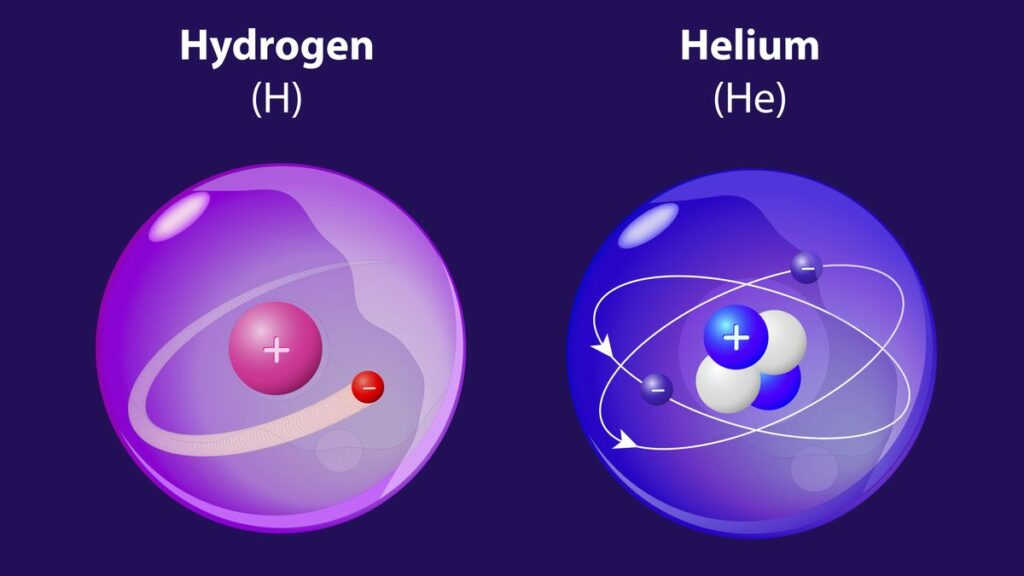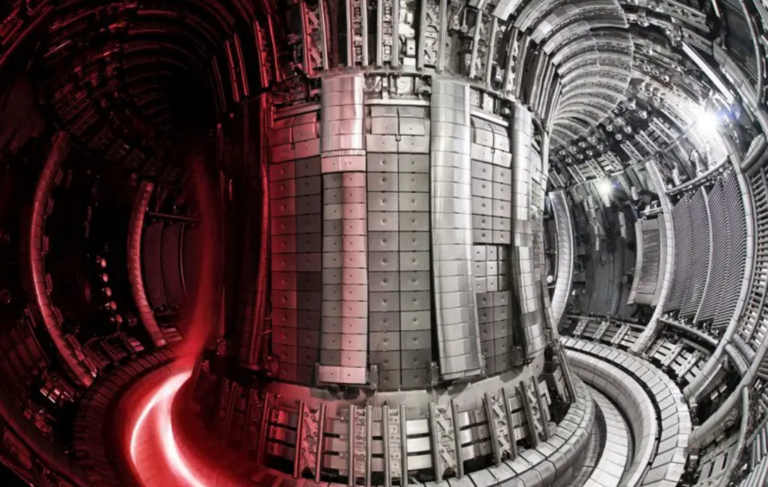The fusion experiment sets a new record by generating an astounding 10 quadrillion watts of power
Researchers have recently claimed to have produced an extraordinary amount of energy that reaches 10 quadrillion watts. To achieve this they used a unique method known as nuclear fusion. Scientists at the Lawrence Livermore National Laboratory in Northern California achieved this when they focused beams of light from the two largest lasers in the world on a small hydrogen pellet.
Employing 192 giant lasers at the National Ignition Facility (NIF), the scientists concentrated their energy on a pea-sized pellet known as a fuel capsule. This led to the emission of 1. 3 megajoules of energy in a time span of a hundred trillionth of a second. For instance, it translates to about 10 percent of the energy the Earth receives from the sun every second. Additionally, it contributes about 70% of the energy that is deposited to the pellet by the lasers. The scientists therefore strive to get to the ‘burning’ point of the pellet where it gives out more energy than is absorbed by the pellet.
This energy yield is higher than the previous record of 170 kJ achieved by the scientists and significantly exceeds the expectations. NIF’s main purpose is to analyse nuclear fusion weapons and this milestone is likely to help the NIF in boosting its capacity. In addition, it has the possibility of unveiling new possibilities in utilizing the energy produced through nuclear fusion, the energy that the sun and stars produce. Many researchers are hopeful that nuclear fusion may eventually be a clean and efficient form of power generation on our planet.
The head of the Lawrence Livermore National Laboratory, Kim Budil, highlighted the importance of this achievement and said, “This result is a historic step for the inertial confinement fusion program – a new paradigm for further studies and enhancing our core national security programs. ”
Giant lasers
Nuclear fusion is a highly effective energy producing process where lighter atomic nuclei join together to form heavier elements, as seen in stars. Most stars mainly convert hydrogen to helium to release energy; this is because stars are very large and possess strong gravity.
On Earth, tokamak, which is a doughnut like chamber, is typically employed to try to initiate nuclear fusion for power generation. An example of this technology is the ITER project that is being implemented in France and it intends to control the hot hydrogen plasma through the use of strong magnetic fields.
Tokamak based nuclear fusion power has been envisaged for over six decades of basic and applied research. Some of them believe that this goal can be reached in the near future and before 2035 at the latest.
Another technique by which nuclear fusion can be achieved without the tokamak is the one done at the Lawrence Livermore National Laboratory. This method involves directing laser-light amplifiers towards laser beams to encase hydrogen fuel pellets in a spherical metal chamber thereby generating a lot of energy.
Originally developed for the purpose of examining hydrogen characteristics in thermonuclear explosions, this method can be useful in generating energy through nuclear fusion.

Fusion power
While he has not been directly involved with the most recent studies, Siegfried Glenzer is a plasma physicist at Stanford University’s SLAC National Accelerator Laboratory and formerly has been at Livermore. In an interview with The New York Times, he said that SLAC scientists have developed the more powerful laser that could be fired at a much faster rate.
Glenzer believes that nuclear fusion power will play a big part in the diversification process away from fossil fuel which has gradually been substituted by solar energy and other types of power. “This is a very promising development for us, as we are trying to create a form of energy on the Earth which does not emit CO2,” he told Time article, where CO2 stands for the greenhouse gas carbon dioxide.
Stephen Bodner, a physicist who used to head laser plasma research at the Naval Research Laboratory in Washington D. C. until he got retired, has expressed some concerns over some aspects of the NIF project. However, he notes that the results, which were attained just below the ignition state where the pellet itself emits as much energy as it is supplied with, impressed him. “They have made significant progress toward their goal of ignition and break-even, which by any standards can be looked at as a success,” Bodner said to New York Times.
Bodner said, “It shows skeptics that the laser fusion concept is sound” even though he has some predilictions about a different design. An idea of laser fusion energy is long overdue in the United States.
Do not forget to share your opinion with us to provide you with the best posts !




0 Comments